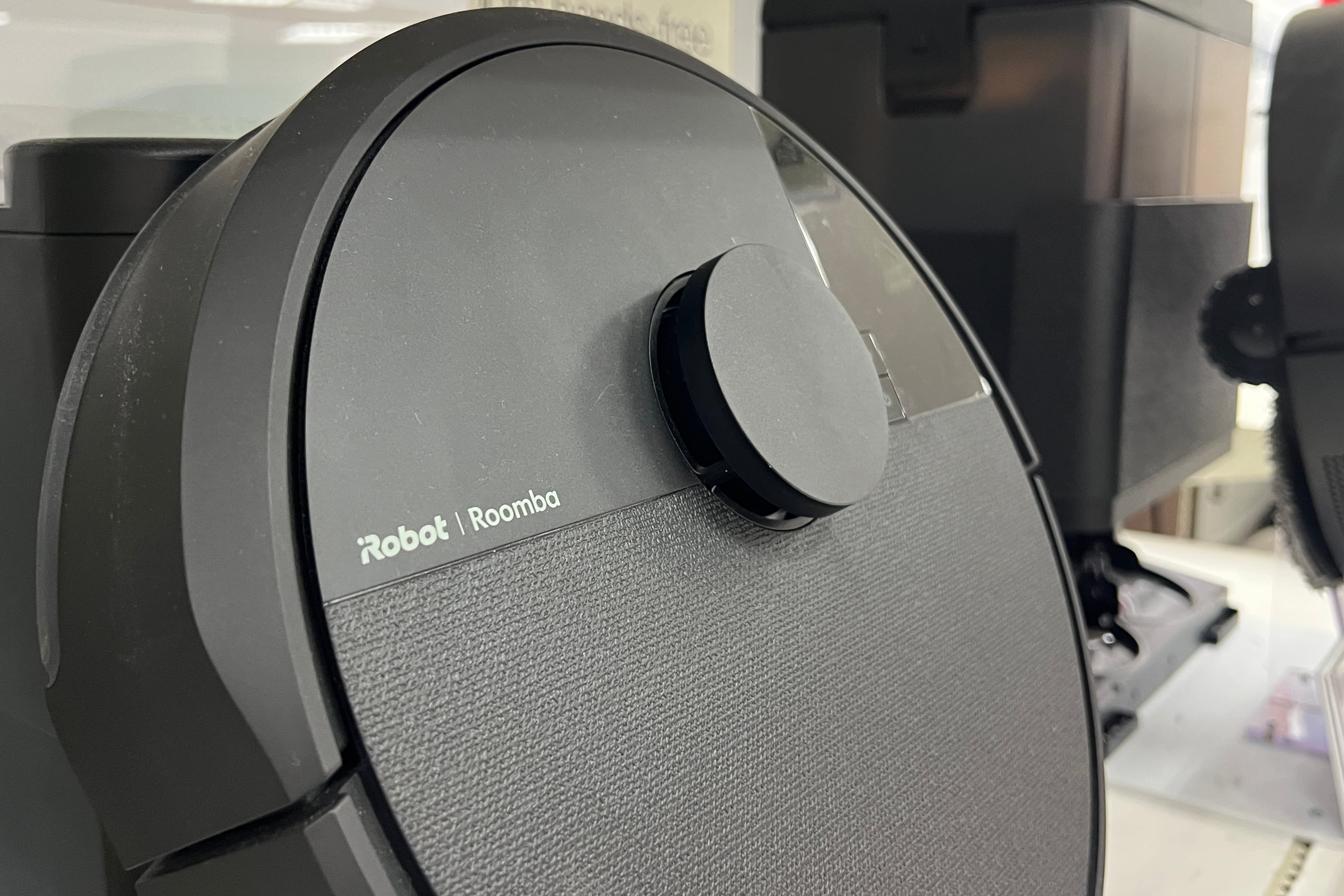A new project to assess the compatibility of Ireland’s gas network with green hydrogen is being undertaken by Gas Networks Ireland and Amber, the Science Foundation Ireland‘s Centre for Advanced Materials and BioEngineering Research.
The EU estimates that as the continent moves away from traditional fossil fuels up to 14 per cent of energy consumption across Europe will be from hydrogen by 2050 and up to 20-35 per cent of the total energy demand in the UK, where Ireland sources 80 per cent of its gas requirement.
Gas Networks Ireland is expecting that hydrogen will account for almost 3 per cent of Ireland’s gas demand by 2032.

Electric vehicle prices are tumbling, but is it all good news for the customer?
The State company has joined forces with Amber “to determine how compatible the materials that make up Ireland’s gas pipeline are with green hydrogen — an important first step for green hydrogen in the decarbonisation journey of Ireland’s gas network.”
READ MORE
With initial funding of €220,000 in the first year, the project has the potential to run for up to five years.
“With over 80 per cent of the State’s natural gas requirements being met by gas imported from the UK, we are working to ensure that Ireland’s gas network is ready to transport hydrogen,” said Gas Networks Ireland’s head of technical development and technical training Liam Nolan.
“Hydrogen will form part of the energy renewables mix that includes wind, solar and tidal energy as well as biomethane,” he said.
Amber’s principal investigator, Prof Rocco Lupoi, said: “Hydrogen is a much smaller and lighter molecule than those that make up natural gas and biomethane. This research will investigate the compatibility of transporting these smaller hydrogen molecules through the existing pipes and infrastructure — including materials such as polymers, rubbers and metals — that make up the gas network.”
He added: “Identifying any components within the network that have a low compatibility with hydrogen — which may need to be replaced or adapted ensuring safety in transporting the green gas, is a key focus of the research.”
- Sign up for Business push alerts and have the best news, analysis and comment delivered directly to your phone
- Find The Irish Times on WhatsApp and stay up to date
- Our Inside Business podcast is published weekly - Find the latest episode here














